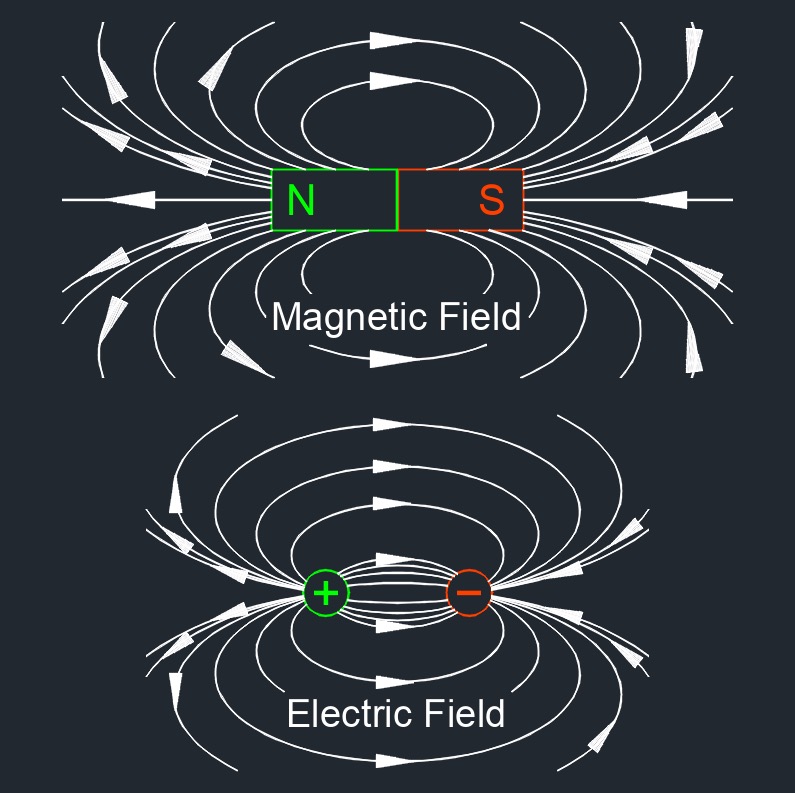Faraday's Law of Induction

Faraday's law of Induction, also called Faraday's law or Faraday's law of electromagnetic Induction, describes the relationship between a changing magnetic field and the induced electromotive force (EMF) or voltage in a conducting loop or coil. It is one of the fundamental principles of electromagnetism and plays a crucial role in the operation of electric generators, transformers, and many other electrical devices.
Faraday's First Law
This law is qualitative and states that an electromotive force (EMF) is induced in a conductor whenever there is a change in the magnetic flux passing through it. This means that a voltage is created, which can drive a current if the circuit is closed. The change in magnetic flux can be caused by: moving a magnet near a coil, moving a coil near a magnet, or changing the stregth of the magnetic field.
Faraday's Second Law Formula |
||
| \( \epsilon \;=\; - N \cdot \dfrac{ \Delta\Phi_B }{ \Delta t } \) | ||
| Symbol | English | Metric |
| \( \epsilon \) (Greek symbol epsilon) = Electromotive Force | \(V\) | \(V\) |
| \( N \) = Number of Loops | \(dimensionless\) | \(dimensionless\) |
| \( \Delta \Phi_B \) (Greek symbol Phi) = Change Magnetic Flux | \(Vs\) | \(Wb\) |
| \( \Delta t \) = Change in Time | \(sec\) | \(s\) |
Faraday's Second Law
This is the quantitative law and states that the magnitude of the induced EMF is directly proportional to the rate of change of magnetic flux. In simpler terms, the faster the magnetic flux changes, the greater the induced voltage.
The negative sign indicates that the induced EMF or voltage creates a current that opposes the change in the magnetic field, according to Lenz's law. This law implies that when the magnetic field passing through a conducting loop or coil changes, an induced current is generated in the conductor. The induced current and associated EMF are proportional to the rate at which the magnetic field changes.


